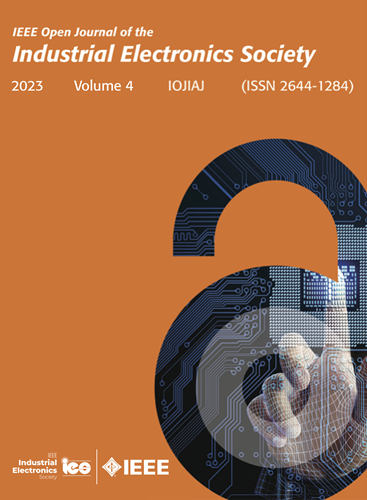自适应协调运动控制:电动汽车预测安全性的自动调谐
IF 7.2
1区 工程技术
Q1 AUTOMATION & CONTROL SYSTEMS
引用次数: 0
摘要
将子系统功能集成到汽车底盘控制中,可以显著提高车辆的运动性能。然而,车辆动力学的耦合特性可能导致子函数之间的冲突。增加的控制要求也增加了控制器的调谐负担,并使参数高度依赖于驾驶条件。为了解决这些问题,本文提出了一种基于自动递归调谐的电动汽车预测安全控制方法。该策略优化分配额外的扭矩,以提高车辆处理敏捷性,驾驶稳定性,牵引能力,同时纵向和横向运动协调。采用基于无气味卡尔曼滤波的自动递归调谐系统自动平衡这些控制要求,并提供对变化条件的实时适应性。独特的现实世界的实验设计为闭环调谐和控制。首先,通过纵向和横向连续运动的调谐实验,使调谐参数能够快速适应不同的驾驶条件并整合动态特征。然后分别进行纵向和横向极值实验进行预测安全控制。与手动调整控制器的结果相比,该策略在横向试验中的操纵敏捷性、横向稳定性和抗滑移性分别提高了12.16%、15.16%和30.49%。在纵向试验中,牵引能力和加速能力分别提高了51.24%和9.4%。此外,车辆横向和偏航波动显著降低49.78%和42.96%。本文章由计算机程序翻译,如有差异,请以英文原文为准。
Adaptive Coordinated Motion Control: Automated Tuning for Predictive Safety in Electric Vehicles
Integrating subsystem functions in vehicle chassis control can significantly enhance motion performance. However, the coupling characteristics of vehicle dynamics may cause conflicts among subfunctions. Increased control requirements also intensify controller tuning burden and make parameters highly dependent on driving conditions. To address these issues, this article proposes an automated recursive tuning based predictive safety control for electric vehicles. This strategy optimally allocates additional torques to enhance vehicle handling agility, driving stability, traction ability, and longitudinal-lateral motion coordination simultaneously. An unscented Kalman filter based automated recursive tuning system is employed to balance these control requirements automatically and offer real-time adaptability to varying conditions. Distinct real-world experiments are designed for closed-loop tuning and control. First, a tuning experiment involving sequential longitudinal and lateral motions allows tuned parameters to quickly adapt to varying driving conditions and integrate dynamic features. Then, extreme longitudinal and lateral experiments are conducted independently for predictive safety control. Compared with results with controller tuned manually, the proposed strategy enhances handling agility, lateral stability, and antiskidding in the lateral test by 12.16%, 15.16%, and 30.49%. In the longitudinal test, traction ability and accelerating capacity are improved by 51.24% and 9.4%. Besides, vehicle lateral and yaw fluctuations are notably reduced by 49.78% and 42.96%.
求助全文
通过发布文献求助,成功后即可免费获取论文全文。
去求助
来源期刊

IEEE Transactions on Industrial Electronics
工程技术-工程:电子与电气
CiteScore
16.80
自引率
9.10%
发文量
1396
审稿时长
6.3 months
期刊介绍:
Journal Name: IEEE Transactions on Industrial Electronics
Publication Frequency: Monthly
Scope:
The scope of IEEE Transactions on Industrial Electronics encompasses the following areas:
Applications of electronics, controls, and communications in industrial and manufacturing systems and processes.
Power electronics and drive control techniques.
System control and signal processing.
Fault detection and diagnosis.
Power systems.
Instrumentation, measurement, and testing.
Modeling and simulation.
Motion control.
Robotics.
Sensors and actuators.
Implementation of neural networks, fuzzy logic, and artificial intelligence in industrial systems.
Factory automation.
Communication and computer networks.
 求助内容:
求助内容: 应助结果提醒方式:
应助结果提醒方式:


